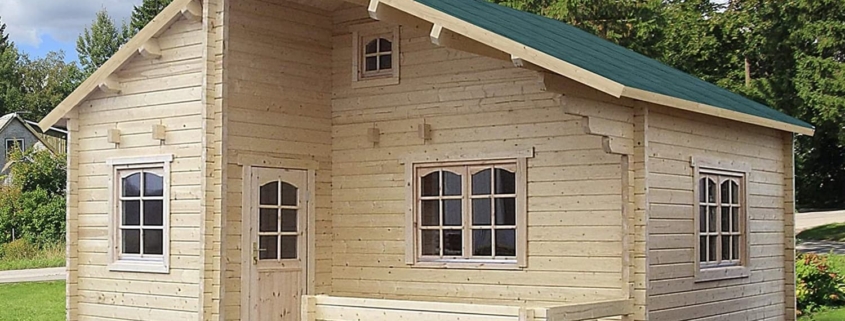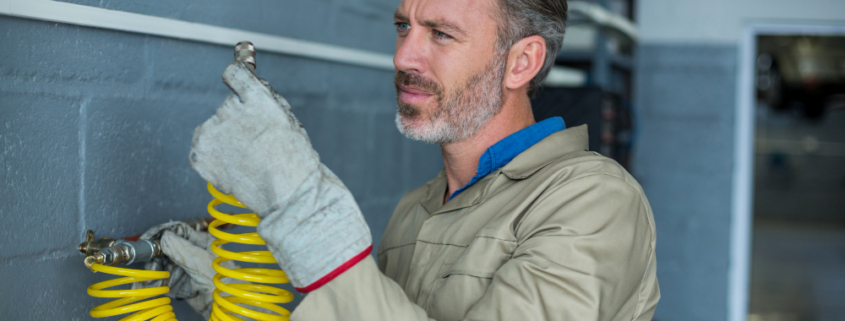In recent years, the tiny house movement has gained significant traction, driven by a desire for affordable living, sustainability, and minimalism. Many prospective homeowners are now exploring the idea of purchasing tiny house kits, particularly those priced under $10,000. But are these budget-friendly kits truly worth the investment? In this article, we will explore the pros and cons of tiny house kits under $10,000 to help you make an informed decision.
Understanding Tiny House Kits Under $10,000
Tiny house kits are pre-packaged building materials that allow individuals to construct their own small homes. These kits typically include essential components such as framing materials, roofing, siding, and sometimes insulation. However, they often exclude fixtures, appliances, plumbing, and electrical components, which must be purchased separately.
When considering a tiny house kit under $10,000, it is essential to have realistic expectations. These kits are usually basic, designed for DIY enthusiasts who have some level of construction experience. While they provide a cost-effective way to build a small home, they also come with limitations that must be carefully evaluated.
Pros of Tiny House Kits Under $10,000
1. Affordability
The most significant advantage of these kits is their low cost. Traditional homes can be incredibly expensive, but a tiny house kit under $10,000 offers a much more affordable alternative. This budget-friendly option allows individuals to achieve homeownership without taking on a substantial mortgage.
2. DIY Experience and Customization
Building a tiny house from a kit provides an opportunity for hands-on experience and customization. Many kits come with blueprints and step-by-step instructions, making it easier for individuals to construct their homes. Additionally, owners can personalize their tiny house with unique design choices, from interior layouts to finishing touches.
3. Sustainability and Eco-Friendliness
Tiny homes inherently require fewer materials and consume less energy, making them a sustainable housing option. Many kits incorporate eco-friendly materials, and homeowners can integrate renewable energy sources such as solar panels to further reduce their carbon footprint.
4. Mobility and Minimalism
For those who prefer a simpler lifestyle, tiny houses encourage minimalism and reduced consumerism. Some tiny house kits are also designed to be mobile, allowing owners to relocate their homes based on personal preferences or job opportunities.
5. Faster Construction
Compared to traditional home-building, assembling a tiny house kit is typically much faster. Depending on experience and resources, a tiny house can be built in a matter of weeks or months rather than years.
6. Alternative Housing Solutions
Tiny house kits can be used for various purposes beyond full-time living. They serve as excellent guest houses, rental units, backyard offices, or vacation homes. This versatility makes them a great investment for those looking to expand their property’s functionality.
Cons of Tiny House Kits Under $10,000
1. Limited Space and Comfort
One of the most obvious drawbacks of tiny house living is the limited space. While some people thrive in minimalist environments, others may find it challenging to downsize their possessions and adjust to a compact lifestyle.
2. Hidden Costs
Although the base price of the kit is under $10,000, additional expenses quickly add up. Essential components such as plumbing, electrical systems, insulation, flooring, and appliances are often not included. These hidden costs can push the total expense significantly higher than anticipated.
3. Zoning and Legal Restrictions
Many areas have strict zoning laws and building codes that can make it difficult to place or legally live in a tiny house. Some municipalities prohibit tiny homes altogether, while others impose specific requirements that may necessitate costly modifications.
4. DIY Challenges
While many kits are designed for DIY assembly, constructing a tiny house still requires a certain level of skill and knowledge. Mistakes in the building process can lead to structural weaknesses, safety hazards, and additional costs for repairs or professional assistance.
5. Lack of Amenities
Tiny house kits under $10,000 often do not include modern conveniences such as plumbing, HVAC systems, or built-in storage solutions. Adding these features requires additional expenses and planning, which can complicate the building process.
6. Resale Value and Financing Issues
Tiny homes generally have a lower resale value compared to traditional houses, and finding a buyer can be challenging. Additionally, securing financing for a tiny home can be difficult, as many banks do not offer traditional mortgage options for non-conventional housing.
Who Should Consider a Tiny House Kit Under $10,000?
Tiny house kits under $10,000 are ideal for individuals who:
- Are comfortable with DIY construction projects.
- Have access to affordable land where they can place the tiny house.
- Are willing to embrace a minimalist lifestyle.
- Understand the additional costs and requirements beyond the kit price.
- Want a cost-effective solution for a guest house, rental unit, or vacation home.
However, they may not be suitable for those who:
- Require ample living space and modern amenities.
- Lack construction skills or the time to build a home.
- Live in areas with strict zoning laws against tiny houses.
- Are looking for a long-term investment with strong resale value.
Final Verdict: Are Tiny House Kits Under $10,000 Worth It?
The answer ultimately depends on individual circumstances and expectations. If you are seeking an affordable, sustainable, and customizable housing option—and you have the skills to build it—then a tiny house kit under $10,000 can be a worthwhile investment. However, if you are unprepared for the additional costs, legal hurdles, and lifestyle adjustments, it may not be the best choice.
Careful planning and thorough research are essential before committing to a tiny house kit. By understanding both the benefits and challenges, you can make an informed decision about whether this budget-friendly housing option aligns with your needs and lifestyle.











